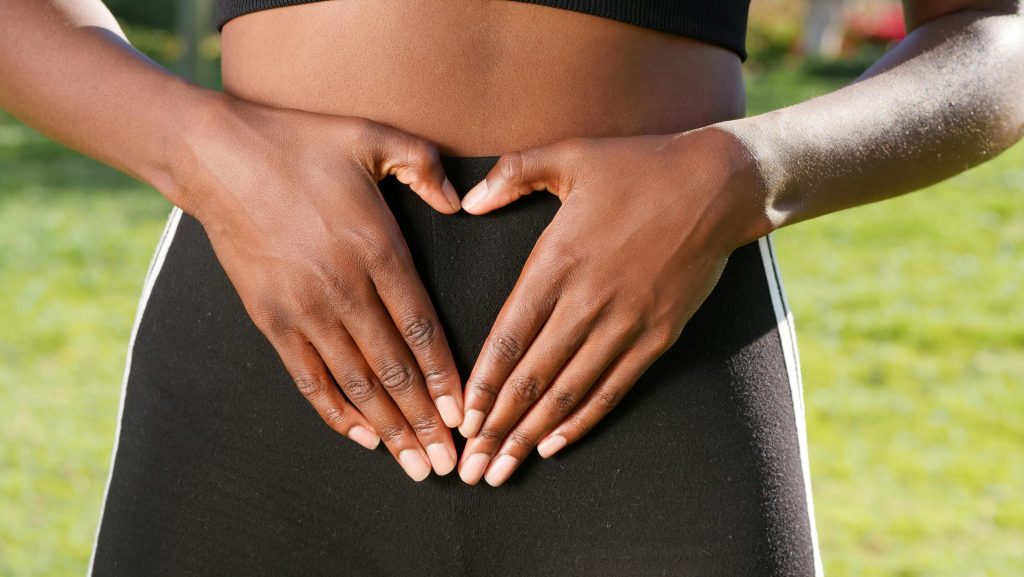When conceiving with fibroids, your options largely depend on how those fibroids present themselves within your unique body.
There are a range of options for each person, but it’s important to remember that each body is different and treatment options will vary from person to person.
Fibroids can be tricky because they are sometimes asymptomatic, meaning you’ll have no symptoms and could not know they exist.
What are fibroids?
“Fibroids are non-cancerous muscular tumours that grow in the wall of the uterus,” explains OBGYN Dr Londiwe Kunene. “The uterus is made up of two layers: the myometrium, which is the muscle layer, and the endometrium, which is what sheds when we go on our normal menstrual period,” she explains. “[Fibroids are an] overgrowth of the muscle layer of the uterus.”
READ MORE: Living With Fibroids: Here’s What It’s Really Like
Fibroids can affect fertility in a number of ways:
- It can change the shape of the cervix, affecting the number of sperm that can enter the uterus.
- It can interfere with the movement of the sperm or embryo.
- Fallopian tubes can be blocked by fibroids.
- Fibroids can impact the size of the lining of the uterine cavity, especially if fibroids grow inside the uterus and are large in size.
- Blood flow to the uterine cavity can be affected. This can decrease the ability of an embryo to stick (implant) to the uterine wall or to develop.
If you suspect your fibroids are interfering with your fertility and you are trying to conceive, you should see a specialist. “Women with fibroids and their partners should be thoroughly evaluated to find other problems with fertility before fibroids are treated,” says Dr Kunene. “A fertility specialist can help assess if fibroids might be hampering conception.”
READ MORE: 8 Reasons To Get A Pre-Pregnancy Doctor’s Check
Conceiving With Fibroids: Treatment
“Not all fibroids require treatment,” says Dr Kunene. “Treatment is decided on a case-by-case basis.” In some cases, the fibroids might not be interfering with conception. “[Treatment] is based on the symptoms and how they are affecting your quality of life, your age, your desire for fertility as well as the size, number and location of the fibroids,” explains Dr Kunene.
In some cases of conceiving with fibroids, treatment will be necessary. If this is the case, your doctor would have to decide the best course of action for fertility. In some cases, you’d just need medication to relieve pain and heavy bleeding, while in other cases, the growth will need to be reduced or removed.
Reduction in the size of fibroids can be done with a procedure called uterine artery embolization, which is a non-surgical procedure where the blood supply to the fibroids is cut off, causing them to shrink in size. Sometimes, a surgical route is necessary by means of a myomectomy, which is a procedure used to remove the fibroids altogether. A tiny incision is created and the fibroids can be removed. This spares the uterus and doesn’t impact the ability to fall pregnant but rather enhances it by removing the fibroids.
READ MORE: These Are The Best Foods Studies Show Can Boost Fertility
Once the fibroids are treated, the chances of conception vary from person to person, says Dr Kunene. “It’s difficult to say whether or not pregnancy will be successful, and exactly how long it may take,” she says. “We generally advise waiting three to six months after your myomectomy or treatment to start trying to get pregnant to give your uterus time to heal.”









